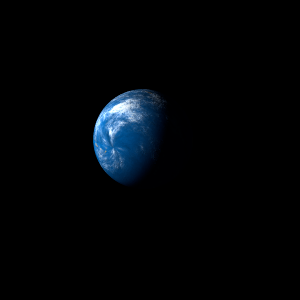|
|
Space Astro
|
Info for exoplanet "Yinzh Ou"
| Scientific (actual) data |
|---|
| Name | Kepler-1001 c |
| Planet status | Confirmed |
| Radius | 0.141 |
| Orbital period | 9.18186 |
| Discovered | 2020 |
| Updated | 2021-02-05 |
| Publication | Published in a refereed paper |
| Detection type | Primary Transit |
| Alternate names | 2MASS J19050572+4837073 c, K01889.02, KIC 11074178 c, KOI-1889 c, KOI-1889.02, WISE J190505.73+483707.2 c |
| Star name | Kepler-1001 |
| Right ascension | 286.27° |
| Declination | 48.62° |
| Mag j | 14.109 |
| Mag h | 13.718 |
| Mag k | 13.662 |
| Star distance | 1009 |
| Star metallicity | -0.03 |
| Star mass | 0.9 |
| Star radius | 0.88 |
| Star age | 4.68 |
| Star temperature | 5491 |
| Star alternate names | 2MASS J19050572+4837073, KIC 11074178, KOI-1889, WISE J190505.73+483707.2 |
| Wikipedia article | Kepler-1001 c |
Back
| |
| Fictional info (?) |
|---|
| Suggested name | Yinzh Ou |
| Planet type | Cold planet |
| The volume of water detected has been estimated to be equivalent to the volume of water in Earth's oceans. |
| Atmosphere | Hydrogen deuteride (HD) | 66% |
| Nitrogen | 33% |
| Xenon | 0.22% |
| Molecular hydrogen | 0.027% |
| Atmospheric pressure | 0.005 bar |
 |
| No known satellites |
| Google search for Yinzh ou |
|
Website by Joachim Michaelis
|
|
|
|